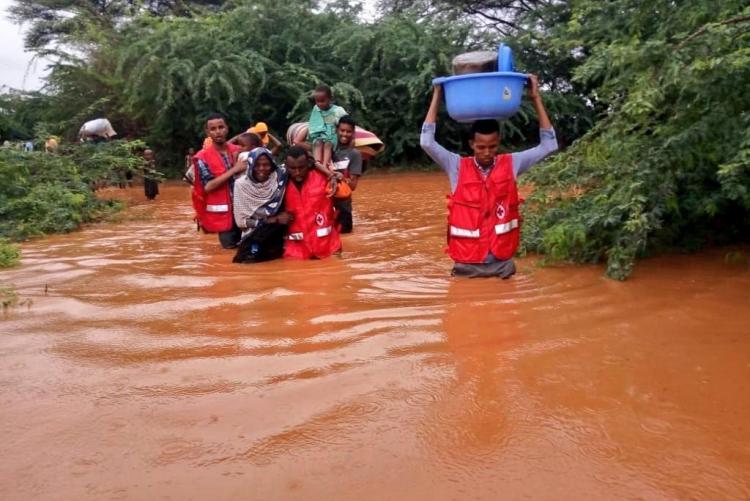The frequency and impact of natural and human-induced disasters has highlighted the critical need for resilient humanitarian aid operations during a crisis response. Natural disasters encompass geophysical (earthquake), hydrological (flood), meteorological (storm), climatological (drought) and biological (disease pandemics). Human-induced disasters include armed conflict, terrorism and hazardous accidents. Disaster response is characterized as knowledge-intensive, time-sensitive, of short duration, high urgency and extreme uncertainty. Disaster response entails operations and supply chain management (OSCM) challenges such as planning, procurement, warehousing and rapid mobilization and deployment of supplies. Supply chains (SCs) in the context of disaster response are referred to as “humanitarian relief supply chains,” which are arranged within a short timeframe by aid organizations.
Emerging technologies are considered important in enabling an efficient and effective response to a disaster. However, there is a need to understand how emerging technologies can address the various challenges (delays, congestion) faced by humanitarian relief SCs.
Recent studies on emerging technologies such as blockchain, big data analytics, internet of things and three-dimensional (3D) printing have demonstrated their important role in the context of commercial SCs. However, commercial SCs are usually proactive, whereas humanitarian relief SCs are primarily reactive. Furthermore, demand and the likelihood of a disruption are relatively stable in commercial SCs.
In this study, these concerns are addressed by using organizational mindfulness (OMIN) as a theoretical frame to advance knowledge of SCRE in the context of humanitarian aid. Understanding the role of OMIN in this context is important, as mindfulness can address important organizational challenges such as attention overload and multi-tasking, as well as provide a foundation for better-quality information processing.
Although a few studies have examined the impact of emerging technologies on SCRE in the context of disaster response, there remains much scope for further research, specifically with a view to enhancing SCRE. SCRE is defined as “the adaptive capability of a SC to prepare for and/or respond to disruptions, to make a timely and cost-effective recovery, and therefore progress to a post-disruption state of operations – ideally, a better state than prior to the disruption.”
Big data is an emerging technology that is viewed as a critical factor in generating new capabilities to optimize SCs. The focus on big data analytics capabilities (BDACs) enables us to provide novel, yet important contributions to the OSCM, by better understanding SCRE in the context of humanitarian relief SC. However, finding optimal solutions for the management of humanitarian relief SCs should not be approached solely from the perspective of resource optimization. The effective management of humanitarian relief SCs is also dependent on the individuals involved in the crisis response initiative, also known as the “soft side” of organizations. Yet, there is limited knowledge about the soft side of managing humanitarian relief SC since existing research largely focuses on the non-human aspects of disaster response operations. This study aims to address this gap by answering the following research question - What is the role of big data analytics capabilities and organizational mindfulness in developing resilient SCs in a disaster response context?
By Denis Dennehy - National University of Ireland Galway, Ireland,
John Oredo - University of Nairobi, Kenya
Konstantina Spanaki - Audencia Business School, France
Stella Despoudi - University of Western Macedonia, Grevena, Greece and Aston University, UK
Mike Fitzgibbon - University College Cork, Ireland
Read full paper here
- Log in to post comments

